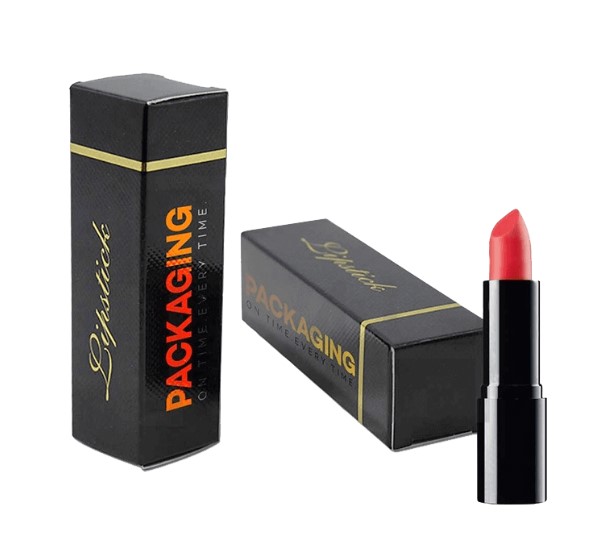In a world where beauty products abound, lipstick stands as an iconic symbol of self-expression and confidence. But have you ever stopped to consider what goes into that colorful tube of lip color? The truth is, not all lipsticks are created equal, and some contain ingredients that can be harmful to your health. In this comprehensive guide, we’ll delve deep into the world of lipstick ingredients, revealing what you should avoid and why. By the end of this article, you’ll have the knowledge to make informed choices about the lip products you use.
Harmful Ingredients to Avoid
Parabens: What Are They and Why Should You Avoid Them?
Parabens are synthetic chemicals commonly used as preservatives in cosmetics, including lipstick. They go by names like methylparaben, ethylparaben, and propylparaben. While they serve the purpose of extending a product’s shelf life, they come with potential health risks.
Parabens and Your Health: Research has suggested that parabens can mimic estrogen in the body, disrupting hormonal balance. This disruption has been linked to an increased risk of breast cancer and reproductive issues. To safeguard your health, opt for paraben-free lipsticks.
Lead: The Silent Threat in Lipstick Lead, a heavy metal, is a hidden danger in many lipsticks. It’s not intentionally added but often contaminates lipstick during the manufacturing process. Even small amounts of lead can pose health risks, especially for frequent lipstick wearers.
Lead Exposure: Prolonged exposure to lead can lead to lead poisoning, causing symptoms like headaches, abdominal pain, and learning difficulties. Pregnant women and children are particularly vulnerable. Choose lipstick brands that undergo rigorous testing for lead contamination.
The Importance of Reading Labels
Understanding Cosmetic Ingredient Lists
Reading the ingredients list on lipstick packaging is the first step in making informed choices. Cosmetic labels can be intimidating, but they hold valuable information about what’s inside the product.
Deciphering the List: Ingredients are listed in descending order of concentration. If harmful substances like parabens or lead are near the top, consider alternative products. Look for recognizable, natural ingredients like beeswax, shea butter, and coconut oil.
Common Misleading Terminology
Cosmetic marketing can be tricky, with terms like “organic,” “natural,” and “hypoallergenic” often used to lure buyers. Unfortunately, these terms aren’t always regulated and may mislead consumers.
Beware of Marketing Hype: Don’t be swayed by buzzwords. Instead, focus on the ingredient list. Truly natural and organic lipsticks will proudly display their ingredients without hidden toxins.
Alternatives to Toxic Ingredients
Natural and Organic Lipstick Options
If you’re concern about the ingredients in conventional lipsticks, you’ll be please to know that natural and organic alternatives are readily available.
Embrace Nature: Natural lipsticks use ingredients like beeswax, fruit extracts, and mineral pigments. Organic options go a step further by avoiding synthetic pesticides and fertilizers in their ingredient sourcing.
Homemade Lipstick Recipes
For those who want complete control over what they put on their lips, making your own lipstick packaging at home is a fun and rewarding option.
DIY Lipstick Crafting: Create custom lip colors using ingredients like shea butter, coconut oil, and natural pigments. There are numerous online tutorials to guide you through the process.
How to Test Your Lipstick for Safety
DIY Lipstick Swatch Test
Before applying a new lipstick to your lips, it’s a good idea to perform a swatch test on your forearm.
Swatch Test Steps: Apply a small amount of the lipstick to your inner forearm and wait for 24 hours. If you experience redness, itching, or any other adverse reactions, avoid using the product.
Third-Party Testing for Peace of Mind
For added assurance, seek out lipstick packaging brands that undergo third-party testing for safety and purity.
Trusted Certification: Look for certifications from organizations like the Environmental Working Group (EWG) or the Natural Products Association (NPA). These certifications indicate that a product meets rigorous safety standards.
Lipstick 101: Matte vs. Glossy
Lipstick finishes play a pivotal role in defining your overall look. Matte and glossy lipsticks are two distinct styles, each with its own charm. Matte lipsticks offer a velvety, non-shiny finish, providing a sophisticated, long-lasting look. They’re perfect for formal occasions and those who prefer minimal shine.
On the other hand, glossy lipsticks impart a radiant, high-shine finish, adding a touch of allure and dimension to your lips. They’re great for a vibrant, youthful appearance. Understanding the differences between these finishes empowers you to choose the perfect lipstick for any occasion, ensuring your lips always make a statement.
Lipstick Collections and Limited Editions
Lipstick Collections and Limited Editions represent the pinnacle of cosmetic artistry. These curated assortments of lip shades often embody unique themes or collaborations, catering to diverse tastes and trends. Beauty enthusiasts eagerly anticipate limited editions, as they offer exclusive, collectible lip colors and packaging.
From luxury brands to indie cosmetics, these collections showcase innovation and creativity, pushing the boundaries of lipstick packaging design and formula. They provide a chance for makeup aficionados to experiment with daring hues and cherish beautifully packaged, rare gems.
These releases not only celebrate individuality but also create a sense of community among makeup lovers who share a passion for these fleeting, coveted treasures.
Conclusion
Your lipstick should enhance your beauty, not compromise your health. By being inform about the ingredients in your lip products, you can make choices that align with your values and well-being. Remember, it’s not just about looking good; it’s about feeling good too. So, take charge of your beauty routine, prioritize safety, and enjoy the vibrant world of lip colors with confidence.

